What is AdBlue®?
AdBlue® is an exhaust fluid, not a fuel additive. It's stored in a separate reservoir and is topped up via a (usually) blue filler cap located either next to your fuel filler, in the boot or under the bonnet.
It's a trade name registered by the German car manufacturers association, but is the most recognised form of Diesel Exhaust Fluid (DEF).
What is AdBlue® made of?
AdBlue® is a colourless, non-toxic mixture of urea and de-ionised water. It’s not actually blue at all.
Lots of people think AdBlue® is made of pig urine – it’s not. The urea used in AdBlue® is a high purity man-made solution – pig urine wouldn’t be pure or sterile enough for a commercial product.
How does AdBlue work?
Tiny amounts of AdBlue® are injected into the flow of exhaust gases. At high temperatures AdBlue® turns to ammonia and carbon dioxide.
Inside the SCR (Selective Catalytic Reduction) catalyst, harmful nitrogen oxide in the exhaust reacts with the ammonia and is transformed to harmless nitrogen and water.
Similar technology has been used effectively for years in buses and heavy lorries.
What happens if I run out of AdBlue®?
If you run out of AdBlue® while you’re driving, then the engine’s power and performance will be reduced to limit its emissions. Once you’ve stopped, you won’t be able to restart the engine if the AdBlue® tank’s empty.
The car will give you plenty of warning that the AdBlue® tank’s running low. You'll usually see a text warning on the dashboard at around 1500 miles to go by an amber warning light.
Which cars can use AdBlue®?
Not all car manufacturers use AdBlue® technology. But chances are if you’ve got a diesel from Jaguar, Land Rover or any French or German manufacturer, and it was registered new after September 2015, it’ll use AdBlue®.
Does my car use AdBlue®?
Some older cars or vehicles from other manufacturers use AdBlue® too. So if you’re not sure if your car uses it, you can check:
· The vehicle handbook.
· See if there’s an AdBlue filler cap either next to the fuel filler, in the boot or under the bonnet.
· If the model name contains ‘Blue’ or ‘SCR’.
· If you’re still not sure, ask a dealer.
Where can I buy AdBlue®?
AdBlue®’s sold by petrol stations, garages, motor accessory shops, online retailers and even some supermarkets. If you’re in any doubt that you’re buying the right stuff, contact your dealer.
It’s widely available in 1.5, 5 and 10 litre containers. The smaller packs have a specially-designed neck that lets you top up the tank without risk of spillage even if you don't have a funnel.
With easy-fill bottles available, it's a good idea to carry a small container of AdBlue® so you’re ready to top-up when necessary.
How long does AdBlue® last?
The rate at which you use AdBlue® depends on your engine and how economically you drive.
· Typical consumption is around a litre of AdBlue® every 600 miles.
· But it could be as high as a litre every 350 miles.
· Tank size varies too, so you could need to refill somewhere between 3,000 and 12,000 miles depending on the car and your driving style.
This means that most drivers will have to top-up their AdBlue® reservoir at least once between normal service visits to the dealer.
How to reset the AdBlue® warning light?
There’s no manual way of resetting your AdBlue® warning light – the only thing you can do is top up. Once you’ve refilled to the minimum level, the warning light will disappear.
Where is the AdBlue® tank?
The AdBlue® tank is usually located under the boot floor, where the spare wheel might have been in the past. But it's more important to know where the filler for it is located.
There'll usually be a small blue filler cap next to the main diesel filler. If it's not there, then check in the boot or under the bonnet.
What happens if I put AdBlue® in the diesel tank?
Putting it directly into your fuel tank could cause expensive damage to your fuel tank, pump and injection system. If you start the engine it's likely to be an expensive write-off, so don’t touch the ignition.
How do I refill the AdBlue® tank?
· Follow any instructions given in your handbook or on the pack.
· Your handbook will tell you how much AdBlue® the tank holds.
· 5 litres should be enough to make sure your car will restart if you’ve run out completely.
· You may need a funnel depending on where the AdBlue® filler cap is located (next to the fuel filler, in the boot, or under the bonnet) and the size or design of the AdBlue® pack you’ve got.
· Wash your hands and rinse any spills from the bodywork – AdBlue®’s non-toxic but can cause irritation to your skin and eyes and will damage the paintwork.
How does AdBlue® reduce exhaust emissions?
AdBlue® is added to your exhaust and mixes with the fumes your car produces. It reacts with nitrogen oxide gas (NOx gas) created by your engine and breaks it down into harmless nitrogen and water vapour.
NOx gases cause respiratory problems and contribute to the formation of particulate matter, smog, acid rain and ground level ozone.
Vehicles have to meet strict exhaust emissions limits and the latest standard, Euro 6, is very challenging on Nitrogen Oxide (NOx) limits.
Most cars can only meet the Euro 6 standard when fitted with emissions technology known as Selective Catalytic Reduction (SCR). This technology uses AdBlue® to break down and reduce harmful emissions.
 +86 20 26211661
+86 20 26211661





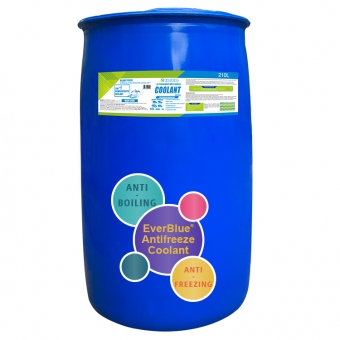
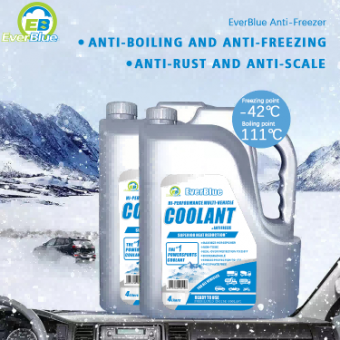
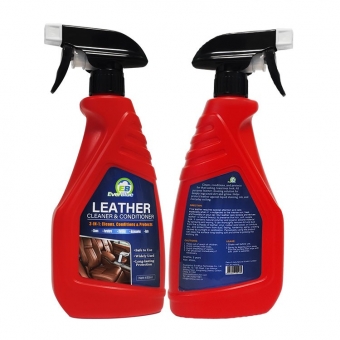
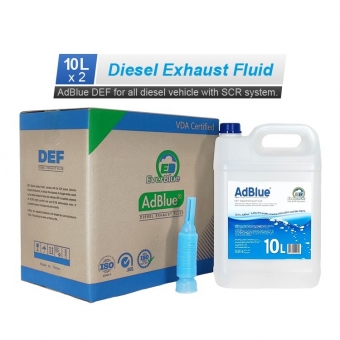
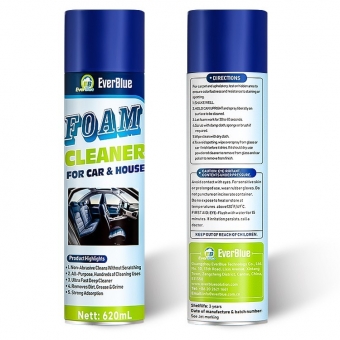
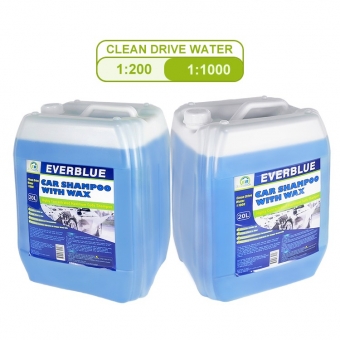

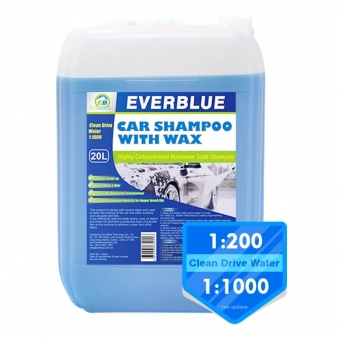





 online service
online service +86 20 26211661
+86 20 26211661

 +86 137 1902 0590
+86 137 1902 0590